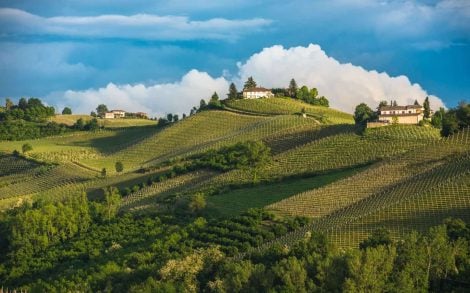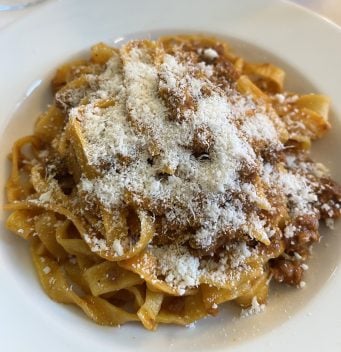In Italy, there are several areas where wine has deep historical roots. One such area is the Strait of Messina, known for its winemaking since the Greek colonization, and possibly even earlier due to the Phoenician traders who traversed the Mediterranean. The narrow strip of sea separating Sicily from Calabria was known as Pharo, at least from the 10th century AD until the mid-19th century in official documents of the Kingdom of the Two Sicilies. Until the arrival of phylloxera, the province of Messina (along with Catania) was one of the most vine-covered areas on the entire island. It is here that we find an interesting small denomination called Faro.
Faro DOC wine and the territory
Faro is somewhat of a wine of the two seas, as it is produced on a strip of land nestled between the Tyrrhenian Sea and the Ionian Sea. The area involved by the disciplinary develops in the sole municipality of Messina, from Giampilieri Marina to Capo Peloro (the 32 kilometers of the Ionian stretch), and from Capo Peloro to Ortoliuzzo (24 kilometers on the Tyrrhenian stretch). The vineyards, as is quite evident, constantly breathe the sea breezes that caress the waves, breezes that sometimes become fierce winds combing the rows, protecting them from humidity and thus from infections. The soils, generally alluvial with a medium clayey texture, form hills cultivated only in the best exposures, capable of capturing the intense Mediterranean light that helps characterize the area's pedoclimatic situation.
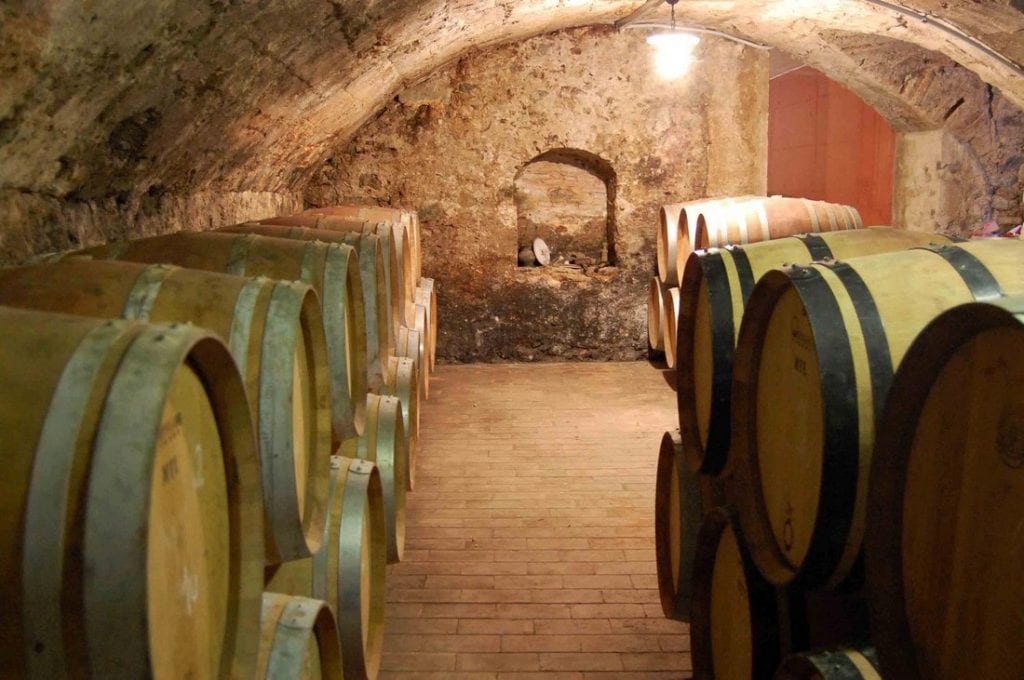
The history of Faro DOC and the Vine Varieties
Faro became a denomination in 1976 and was one of the first DOCs in the Sicilian territory: currently, the denomination's vineyards cover only 25 hectares. The grape varieties that contribute to creating this red wine with a sunny Mediterranean character are nerello mascalese (45 to 60%) and nerello cappuccio (15 to 30%). They are usually accompanied by nocera (5 to 10%), another local native, but producers can also use calabrese (nero d'avola), gaglioppo (mantonico nero), and sangiovese, which alone or together cannot exceed 15%. To obtain the DOC, the wine must age for at least one year, starting from November 1st of the harvest year. In 2002, the Consortium for Protection was established, currently involving the work of 15 producers.
The best Faro DOC wines
The Faro denomination wines we reviewed in the Vini d'Italia 2024 guide are only three; look for them because the quality level of the recommended labels is truly very high.
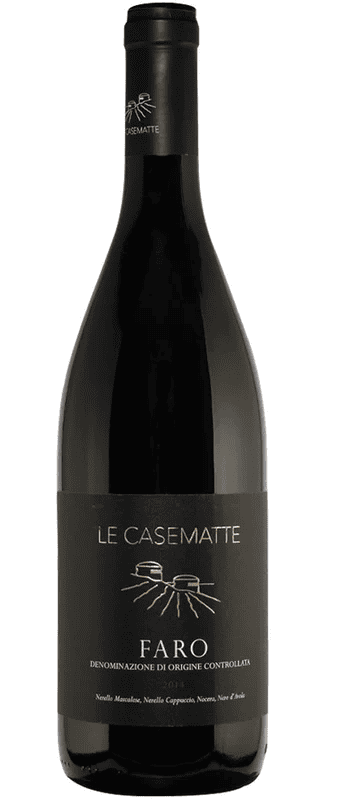
Faro '21 Le Casematte, Tre Bicchieri 2024, is complex and layered on the nose with clear aromas of red fruit, Mediterranean scrub, violet, and a delicate mineral-iodine note, which is echoed in a slightly savory, juicy, and spicy mouthfeel with great persistence. In just a decade, the winery of Gianfranco Sabbatino and Andrea Barzagli has become one of the most representative realities of eastern Sicily, characterized by a range of wines of rare pleasantness and cleanliness, markedly territorial, and with an excellent quality-price ratio.
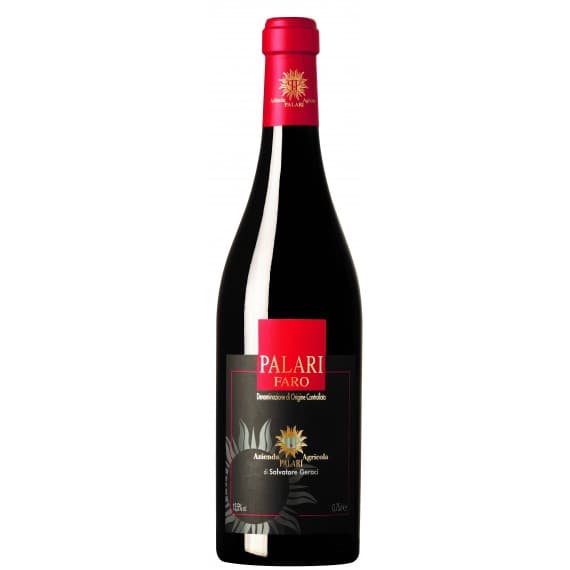
Faro Palari '18 is a wine of absolute originality that has marked the history of quality Italian oenology: the fascinating hues range from deep ruby to garnet, a prelude to a nose that offers nuances of blackcurrant, mulberries, myrtle, dark tobacco, and liquorice, illuminated by balsamic and mineral hints; gentle tannins, beautiful, refined, and satisfying drinkability. The winery is a legend, founded by the renowned architect and bon vivant Turi Geraci and his practical and active brother Giampiero, who vinify their gems in the 18th-century family villa, in the manner of the most famous French "garagistes." We are among the steep hills overlooking the Strait of Messina, beaten by salty winds that shake ancient vines of nocera, nerello mascalese, nerello cappuccio, and other local varieties, the raw material of the maison's precious labels.
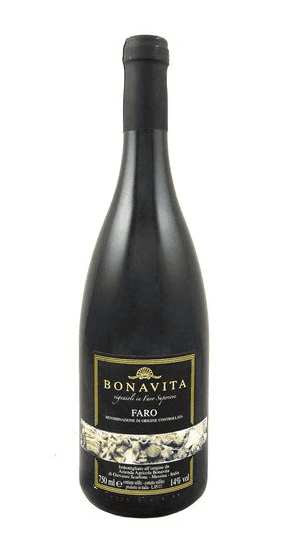
A welcome and anticipated return to the finals for Faro '20 by Bonavita: mature, complex with notes of Mediterranean scrub and black mulberry compote on a fine mineral background; on the palate, it impresses with elegance and a long finish.

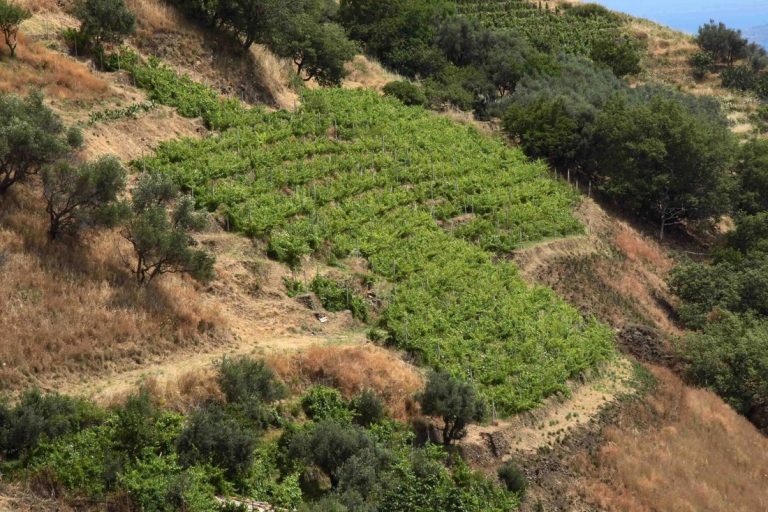
 Brigitte Bardot’s final rosé: the wine that marks the end of an icon
Brigitte Bardot’s final rosé: the wine that marks the end of an icon What you need to know about Italy's new decree on dealcoholised wine
What you need to know about Italy's new decree on dealcoholised wine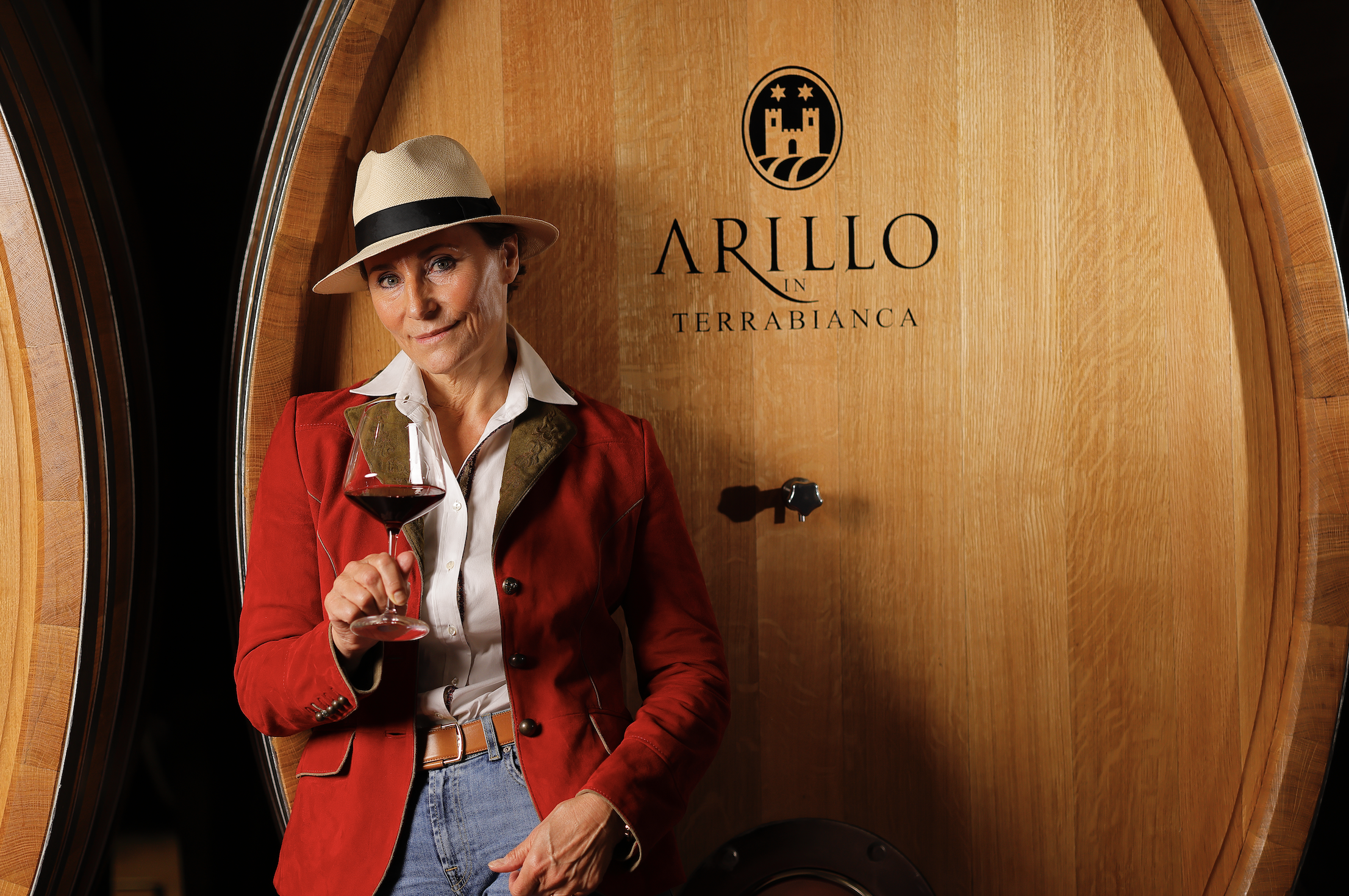 Why Arillo in Terrabianca's organic approach is paying off
Why Arillo in Terrabianca's organic approach is paying off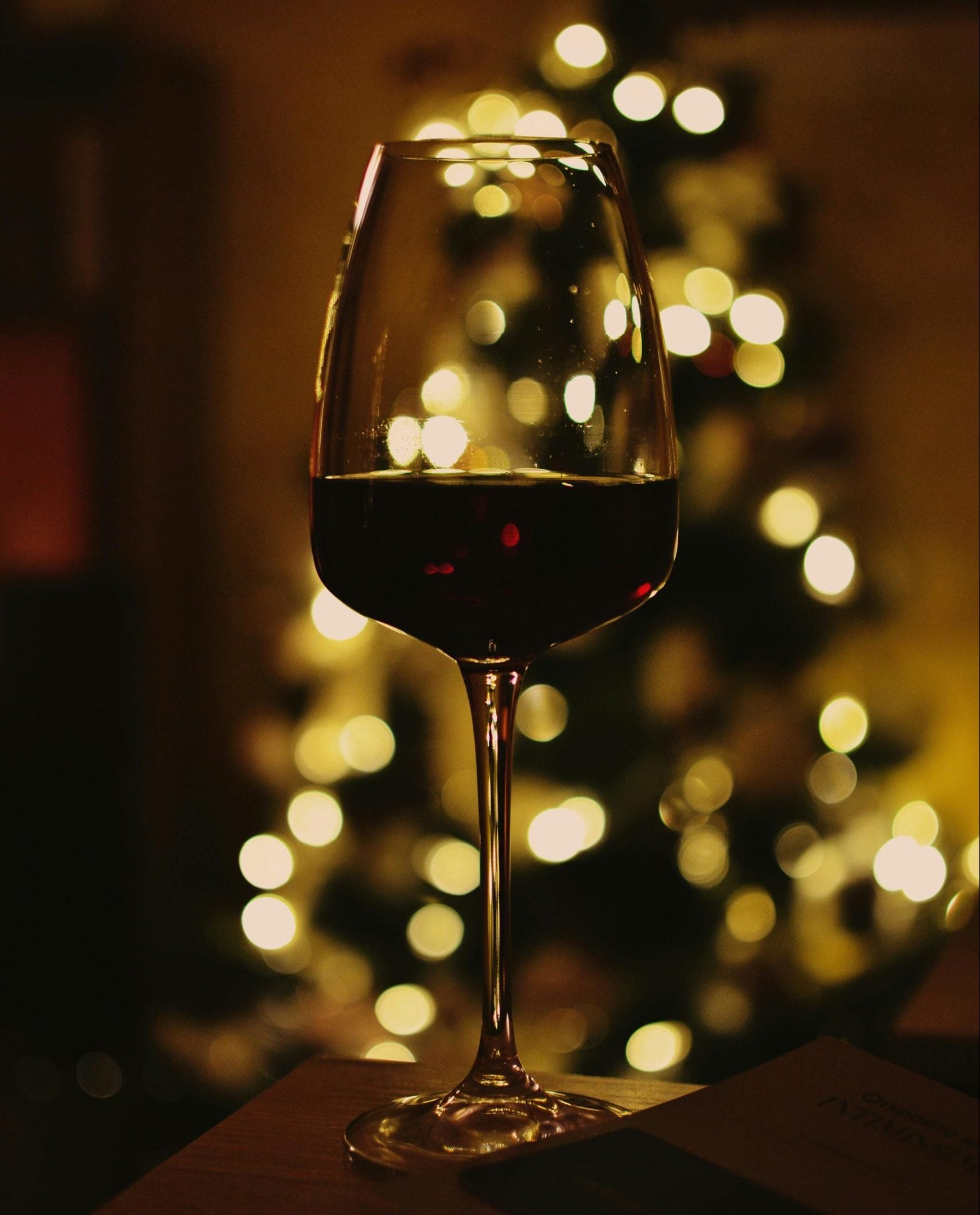 What do sommeliers drink at Christmas?
What do sommeliers drink at Christmas?

